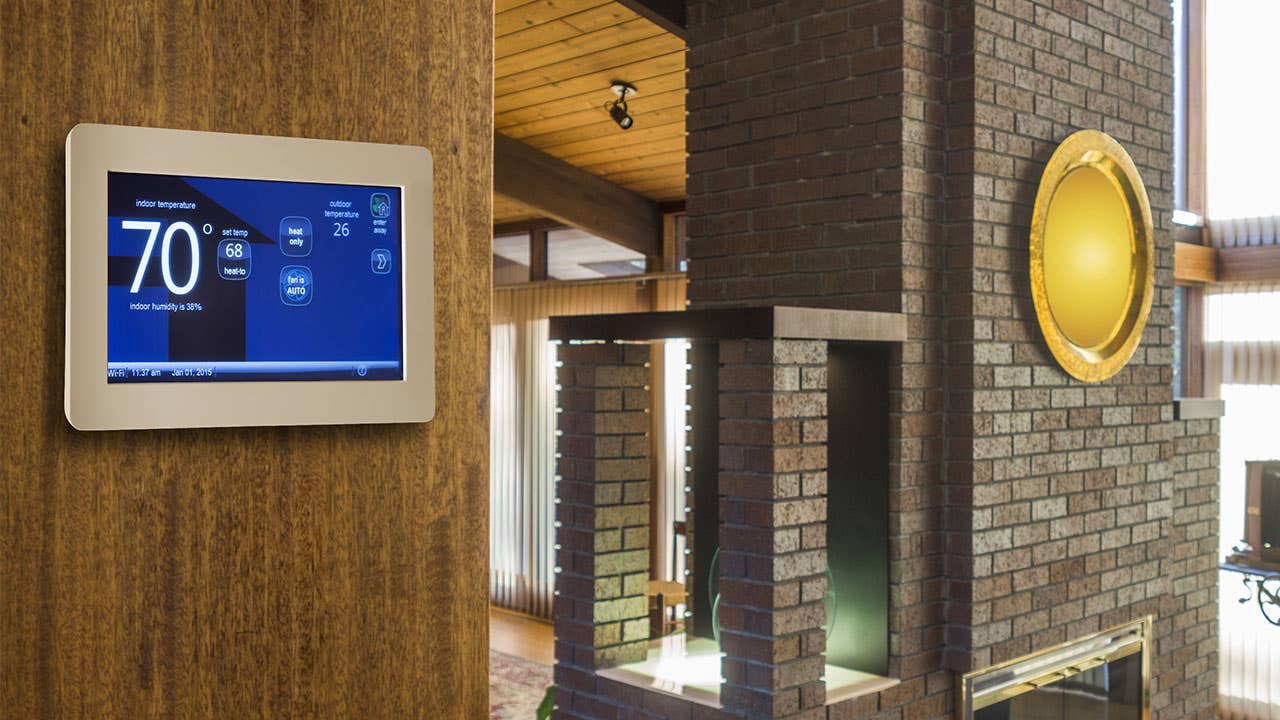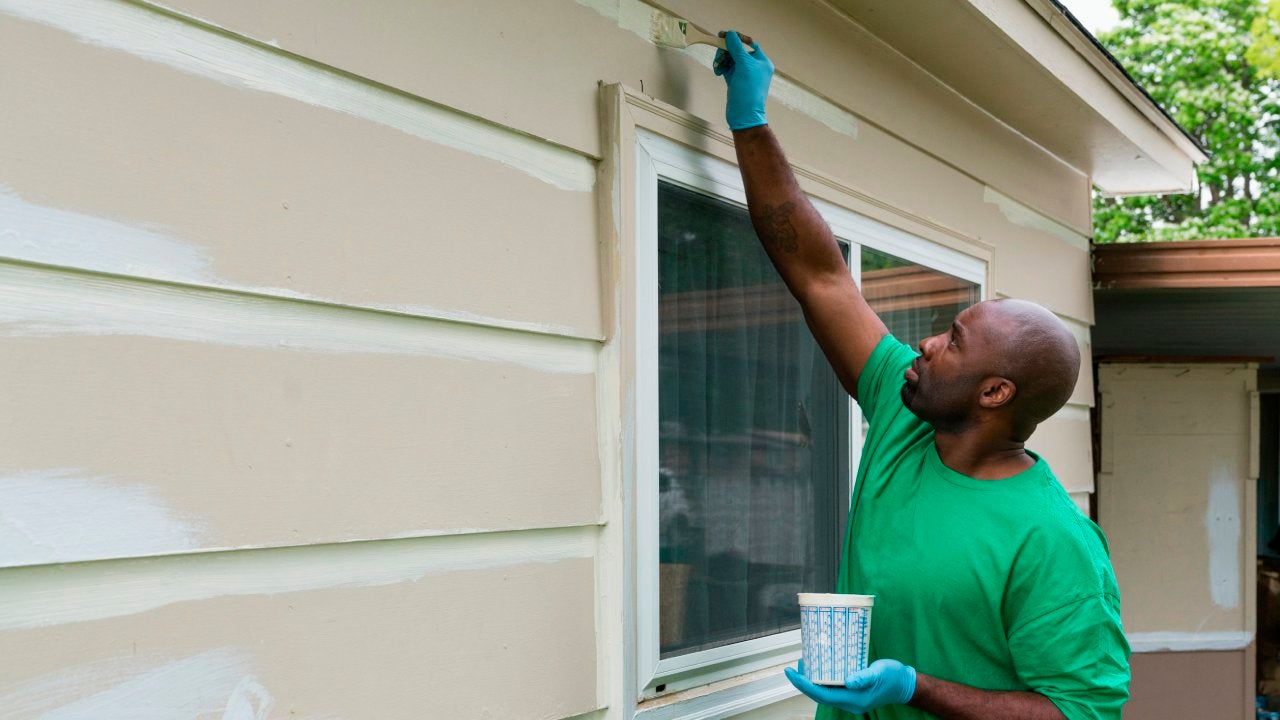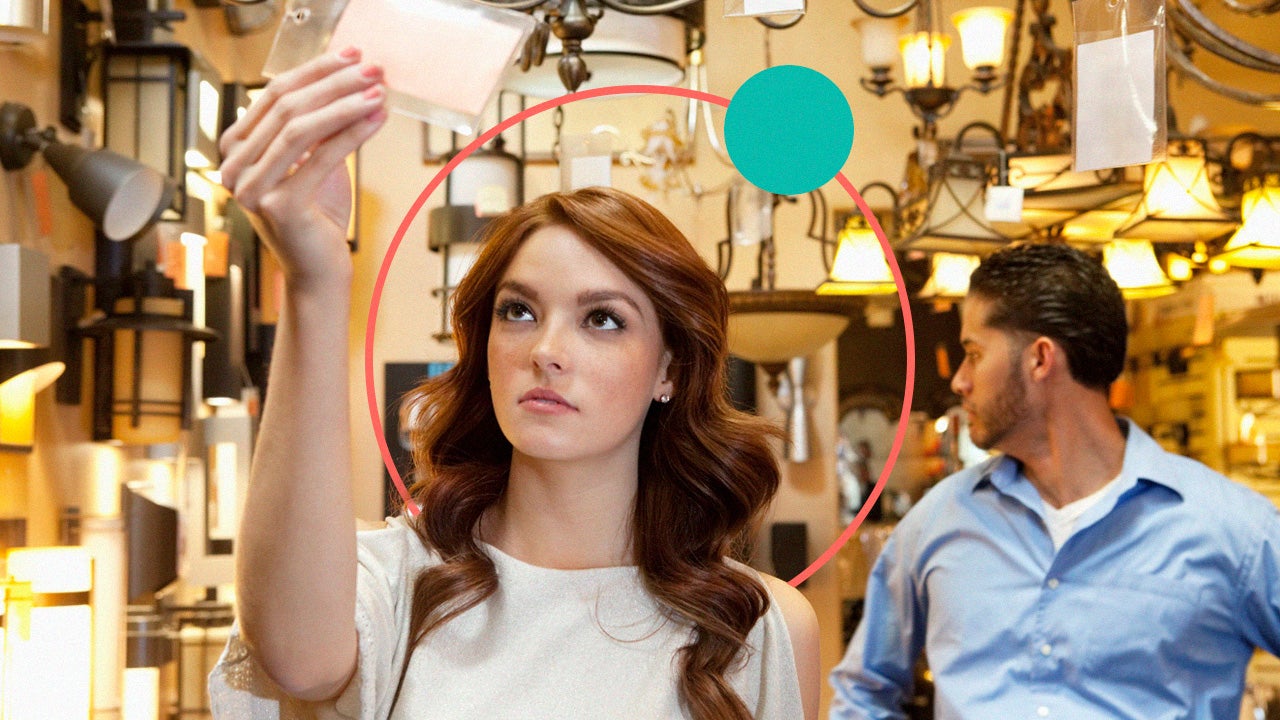Make a home eco-friendly with energy tax credits

The promise of green energy home improvements is long-term energy savings in exchange for one up-front cost. These eco-home renovations are designed to lower your carbon footprint and save you money, benefitting both your bank account and the environment. What’s not to like?
What’s more, the recently passed Inflation Reduction Act (IRA), which offers funding designed to help Americans reduce energy costs and adopt clean energy, is making eco-friendly home improvements more affordable. The new law includes incentives — rebates and tax credits — to transition to green energy, helping owners save money both over the short term and the long term as well.
Still, some eco-friendly home improvements are naturally more costly than others, and affording the initial investment can be a struggle for homeowners, especially when the returns might not be seen for years. So which green home improvements should you prioritize for the best savings? And how should you go about financing them? Luckily, with a little research, those questions are easy to answer.
The Inflation Reduction Act’s clean energy incentives
The Inflation Reduction Act is widely seen as one of the most significant legislative measures in the country’s history when it comes to addressing the climate crises and providing Americans with assistance transitioning to clean energy.
The law, which earmarks more than $300 billion for energy and climate reform, includes a range of useful and noteworthy rebates and tax credits, with a focus on those who are lower- to middle-income. The aim of these incentives is to help consumers reduce the high cost of energy and make it more affordable to upgrade homes to more eco-friendly technology. The law includes incentives to buy energy efficient appliances and systems, clean vehicles and solar rooftops.
Here are some of the key rebates and incentives included in the law.
- Home energy rebates: The Inflation Reduction Act provides $9 billion for consumer home energy rebate programs. The rebates, which return specific sums for specific initiatives, are aimed at low-income consumers and can be used for electrifying home appliances and energy efficient retrofits.
- Tax credit for energy efficiency projects: The new measure also includes a decade of consumer tax credits earmarked for making homes more efficient via transitioning to clean energy. The tax credits are designed to make expenses such as solar roofs, heat pumps, electric HVACs and water heaters, more affordable. There’s a 30 percent tax credit included in the IRA specifically to help offset the cost of installing solar panels and battery storage systems.
- Electric vehicle tax credits: Up to $7,500 in tax credits for a new electric vehicle purchase and $4,000 for lower to middle-income consumers to buy a used electric vehicle purchase. There are limits to this tax credit based on the car maker the vehicle is purchased from, the income of the buyer and timing of the purchase.
Green home improvements
A whole new market has emerged for eco-friendly home improvements. These products and renovations will help make every area of your home more energy efficient, from the roof to the floors. Some of the options include:
Tankless water heater
There’s a good chance the hot water that comes out of your kitchen sink or shower is heated in a tank where a large capacity of water is stored and kept hot constantly, just waiting for you to turn on the tap. If you’ve ever run out of hot water, it means you’ve used a full tank worth of water faster than the refill could be heated. The problem with this design is that the water is kept hot 24 hours a day, seven days a week – which requires quite a lot of energy. If you don’t want to wait for water to heat up every time you need to wash your hands, though, what’s the solution?
Tankless water heaters have the ability to heat only the water you need — and they do so as you need it. They’re generally powered by gas or electricity, but these systems are not commonly pre-installed in homes in the United States, as tankless water heating has only been readily available in the past decade or two. Still, their on-demand design is 8% to 34% more efficient than storage water heaters, according to the Department of Energy.
And that efficiency translates into savings in your pocket. A gas-fired tankless water heater can cut your annual energy costs by as much as $108, according to the contractor search site Angi. The savings associated with electric tankless heaters amounts to about $44 per year.
While tankless water heaters can save you money, the upfront investment required to make the transition to these systems is not cheap. You can expect to spend anywhere from $150 to as much as $6,000, with the national average being about $2,200, according to Angi. That price includes professional installation, as DIY installation is not recommended unless you have previous experience. The work involved can be complex and may even require retrofitting your home’s plumbing system or having to install new pressure regulators and termination vents.
The good news is that the Inflation Reduction Act includes 10 years of consumer tax credits that are aimed at helping consumers make their homes more energy efficient, and that includes credits for water heaters. Specifically, they can receive $2,000 for electric or natural gas heat pump water heaters, beginning in tax year 2023.
Green flooring
The average home in America requires more than 2,000 square feet of flooring and many of our go-to choices in materials have disastrous effects on the environment. Wood that isn’t responsibly sourced is causing massive deforestation in Central America and Africa, mostly due to demand from China and the United States. Vinyl, a popular cheap flooring alternative, has a high carbon footprint and isn’t recyclable. It also has a shorter lifespan than higher quality flooring materials, which means it’ll end up in a landfill when it inevitably needs to be torn up and replaced.
Thankfully, builders are responding to consumer demand for greener flooring options and have begun to make alternatives more widely available. Here are just a few environmentally friendly flooring materials to consider:
- Linoleum
- Reclaimed wood
- Recycled tile
- Cork
- Bamboo
- Recycled rubber
- Stained concrete
Solar roof panels
You’ve probably seen solar roof panels on residential homes, maybe even while driving through your own neighborhood. More and more homeowners are adopting this type of energy system as they see the long-term benefits of having their own renewable energy source. According to the U.S. Energy Information Administration, the average monthly electricity bill in 2021 was $122, which adds up to about $1,464 annually and $43,920 over 30 years. By going solar, you may be able to save much of that money.
Solar roof panels and solar shingles (the latter is in effect an entirely solar roof) require a high initial investment, but there are numerous ways to lower installation costs, including tax credits provided through the Inflation Reduction Act. The law includes a 30 percent Residential Clean Energy Credit tax credit for solar roof installation, which the Biden Administration says will translate into a $9,000 savings for families over the life of a rooftop solar system, or about $300 in savings annually, through 2032. The credit falls to 26 percent for 2033 and 22 percent for 2034.
Dual pane windows
It’s hard to believe that one extra layer of glass could have a substantial impact on your energy bill, but it does. Dual pane windows can reduce energy usage by up to 24 percent in the winter and 18 percent in the summer. The space between two layers of glass is filled with gas — usually argon or krypton — which is denser than air and therefore a better insulator. This helps trap warm air in during the winter and cool air in during the summer, which significantly lowers the need for heat or air conditioning.
In addition to saving you money on energy bills, the reduced energy required to keep your home warm means you’re not burning as much fossil fuel, which is better for the planet.
But here too, be prepared to make a substantial up-front investment. Installing just one double-pane window will not have much of an impact on reducing your energy bills or making your home more efficient. Achieving meaningful savings often requires replacing windows throughout a home. Most people spend between $300 to $2,100 per window for dual pane windows, according to HomeAdvisor. Prices vary based on glass type, frame type and the size of the windows.
The IRA offers a tax credit here too, the Energy Efficient Home Improvement Credit. It specifically allows homeowners $600 annually to cover the cost of energy-efficient exterior windows and skylights.
Programmable thermostat
The U.S. Department of Energy encourages people to turn down their thermostats while they’re not home, citing evidence that adjusting the temperature setting by just 7- to 10-degrees Fahrenheit for eight hours a day can lead to 10 percent energy savings each year.
Still, we’ve all had hectic mornings when we forget to turn the dial down before we run out the door. And sometimes, waiting for the temperature to get more comfortable when you return home isn’t always ideal. Enter programmable thermostats. These handy devices are more affordable than you might think and can be readily purchased from retailers like Amazon and Home Depot. Hiring an electrician to install one is quick and easy, though you might even be able to install it yourself. Depending on the model, you can either program the temperature setting for certain times of the day or even control it in real time via an app on your smartphone.
Programmable thermostats and smart lights (see below) could qualify for the Energy Efficient Home Improvement Credit, which allows you up to $1,200 annually for modifications and installations.
Smart lights
Intelligent devices and systems for the home continue to develop. One of the biggest categories is a variety of smart lighting options that offer scheduling functions designed to utilize energy more efficiently, which is better for the planet environmentally and for your budget.
Purchasing smart light bulbs is one of the most straightforward ways to switch to smart lighting. Doing so simply requires swapping out your old bulbs and replacing them with a smart bulb. Many smart light bulbs come with wireless communication capabilities, meaning they function with Wi-Fi or bluetooth technology and can be operated with an app on your smartphone or tablet. Some are designed with what’s known as ZigBee protocol. These lights cannot communicate directly with your phone or table and require purchasing a bridge or hub device to facilitate communication.
The up-front investment associated with switching to smart lighting can be fairly inexpensive depending on the style of smart bulb you select. Some sell for as little as a few dollars each while others sell for as much as $60 to $90. The bridge or smart home hub devices needed to help some smart lights communicate with your phone or tablet range in price from $200 to $900, according to HomeAdvisor.
Energy Star appliances
While Energy Star appliances have been available for about 30 years, these energy efficient products remain a popular way to save money and operate your home in a more eco-friendly manner including providing reduced emissions.
The Energy Star label is a government-backed designation created to let consumers know the item is energy efficient and will lower your energy bills. All products that earn the Energy Star label have been independently certified to meet strict standards for energy efficiency set by the EPA.
Some of the home appliances and home fixtures that you can purchase with Energy Star designations include heating and cooling systems, water heaters, windows, clothes washers and dryers, refrigerators and dishwashers.
To help make purchasing these types of appliances more affordable, the Inflation Reduction Act offers up to $14,000 in direct consumer rebates for buying energy efficient home appliances. The Biden Administration estimates this offer will translate into a $350 savings annually for those who take advantage of it.
Financing eco-friendly home improvements
The overall financial goal of eco-friendly home improvements is to save money on energy costs, but many homeowners still face a cost barrier when trying to come up with the initial investment required.
There are a few loans specifically designed for home improvements that you can use to go green. For smaller projects, you might get away with using a personal credit card, but higher-cost renovations will be best serviced by a personal loan or a home equity loan.
In addition to federal tax credits and rebates, check to see if your state or municipality offers any incentives to go green, too.
The bottom line on eco-friendly home improvements
Paying for eco-friendly home improvements doesn’t have to be a burden — even if you’re on a limited budget. There are many ways to finance home renovations that will allow you to profit in the long term. With such a wide range of energy-efficient products and ways to go green it’s just a matter of choosing which one will benefit your home the most.
You may also like

Which home improvements add the most value?

Low-cost ways to make your home more energy-efficient




